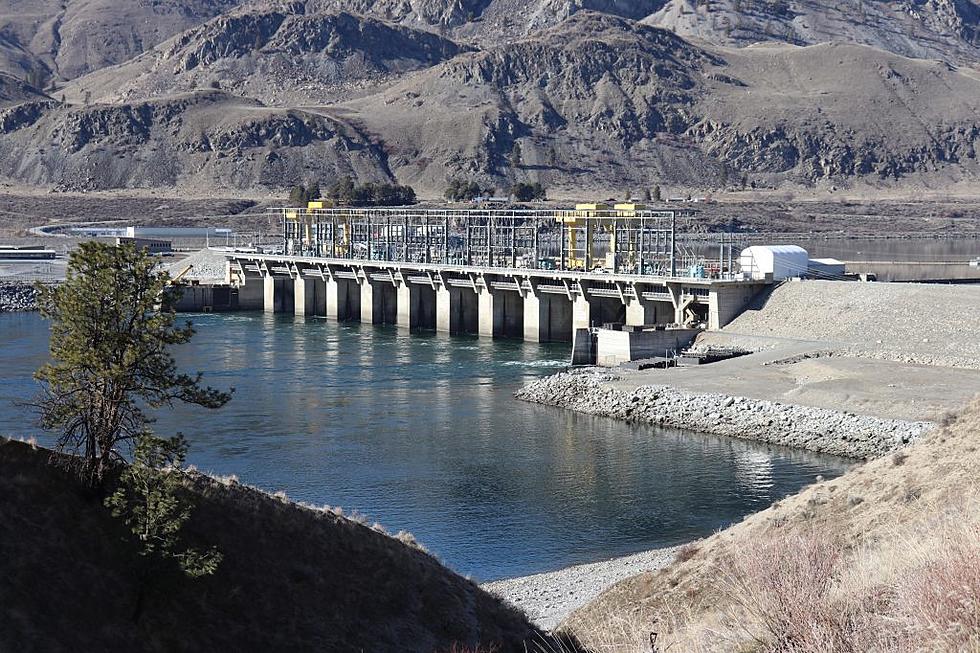
Douglas PUD Finalizes Future Rate Hikes, Guiding Principles
Douglas County PUD now has customer power rates in place through 2030 after approval from PUD commissioners this week.
Rates are increasing beginning in 2026 to prepare for an expected sharp rise in power demand from more electric vehicles and economic development.
Douglas County PUD spokesperson Meaghan Vibbert says the rates went through a thorough public vetting process.
"We went through a process, kind of laying things out in October, November, December, collecting public input, we called it our road map,” Vibbert said. “And then we had proposed some rates, and then we had four different public hearings where we collected comments, did presentations.”
The average Douglas County residential customer will see a power rate increase of $3 per month starting in 2026. The rate will see a gradual increase every year through 2030.
The average monthly customer bill to be about $64.50 in 2026. The amount would increase by about $10 per month by 2030.
Small commercial businesses will see an average increase of $6.40 per month under the plan. Similar yearly increases will apply.
Currently, Douglas PUD residential customers pay less than a quarter of what it costs to generate power they use.
The PUD receives about $15.2 million a year in revenues from residential customers while it costs $69.3 million to produce that power.
The PUD can absorb the difference of $58 million because the Wells Dam generates enough excess energy to offset the cost by selling the excess power on the open market.
Due to the changing power use landscape, PUD staff predict the utility will not be able to produce surplus power in the future.
In addition to approving the rate increase, Douglas PUD commissioners this week approved a guiding set of principles for staff to follow when setting utility rates in the future.
Vibbert says the principles are important because PUDs are not regulated by the state like larger corporate utilities are.
"If you go back and you look at the PUD authorization act and how PUDs were formed back in the (19)30s, it was to serve the local rural businesses and residents," said Hansen.
The principles are being memorialized to guide staff after 2030 when electricity demand is expected to challenge the PUD's ability to deliver reliable services to customers.
PUD (Public Utility District) commissioners are publicly elected. The commissioners set utility rates independent of any government oversight, whereas corporate investor-owned utilities must get approval from a state commission for any rate hikes they seek.
The Douglas PUD guiding principles are listed below:
- Rate schedules shall comply with all applicable laws and regulations
- Rate Schedules shall be established at least one year before becoming effective
- Rate Schedules shall capture all costs necessary to provide reliable service to its customers
- Rate schedules shall provide adequate reserves and rate stabilization funds
- Rate schedules shall be guided by cost-of-service analysis but prioritize the wholesale power sales benefits from the Wells Hydroelectric Project to residential and commercial services
- New large loads, present higher risk profiles than foundational customers and shall generally be served from the District’s Rate Schedule 4 – Energy Delivery Service to preserve the Wells Project electricity for future generations of Douglas County, in accordance with the purpose expressed in the PUD Authorization Act.
The last principle applies to the 26 Bitcoin miners and two data centers in Douglas County. Under schedule 4, they will be required to get electricity from a third party, although delivery will still run through PUD power lines.
Counties with the worst droughts in Washington
Gallery Credit: Jaime Skelton
More From NewsRadio 560 KPQ









